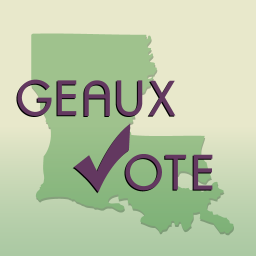The Isch?® Library has been maintaining a monthly display that highlights recent articles by LSUHSC-New Orleans faculty. This display is being regularly updated with materials that have been gathered into the Faculty Publications Database. The Database is maintained by the Isch?® Library as a prominent resource.
The newly added articles are located in the Isch?® LibraryÔÇÖs Reference area (near the elevator) on the third floor of the Resource Center Building.
About the Isch?® LibraryÔÇÖs Faculty Publications Database:
The Faculty Publications Database includes citations to papers, editorials, letters to the editor, meeting abstracts, books, and book chapters authored by at least one member of the LSUHSC-New Orleans faculty, 1998 ÔÇô present. Information in this database is retrieved from several sources, including: PubMed, ISI Web of Knowledge, SCOPUS, EMBASE.com, CINAHL, PsycInfo and contributions directly from faculty members.
Access to this database is available to the public. To add your faculty publications, or for questions about this database, contact Kathy Kerdolff.
Please come and peruse these publications, which exemplify the ongoing achievements of LSUHSC-New Orleans’ first-class work in the health sciences fields.
Articles Newly Placed on Display:
(LSUHSC authors are in bold print)
Aradhya S, Smaoui N, Marble M, Lacassie Y. “De novo duplication 11p13 involving the PAX6 gene in a patient with neonatal seizures, hypotonia, microcephaly, developmental disability and minor ocular manifestations.” American Journal of Medical Genetics Part A. 2011;155(2):442-444.
Ayres KM, Lowrey KA, Douglas KH, Sievers C. “I can identify Saturn but I can’t brush my teeth: What happens when the curricular focus for students with severe disabilities shifts.” Educ Train Autism Dev Disabil. 2011;46(1):11-21.
Bril V, England JD, Franklin GM, Backonja M, Cohen JA, del Toro DR, Feldman EL, Iverson DJ, Perkins B, Russell JW, Zochodne DW. “Evidence-based guideline: Treatment of painful diabetic neuropathy-report of the American association of neuromuscular and electrodiagnostic medicine, the American academy of neurology, and the American academy of physical medicine & rehabilitation.” Muscle and Nerve. 2011;43(6):910-917.
Christakis A, Gandolfl A, Lavy D, Joseph S. “Appendiceal sequestration of ingested mercury as a cause of appendicitis.” The American Surgeon. 2011;77(6):795-796.
Datta R, Naura AS, Zerfaoui M, Errami Y, Oumouna M, Kim H, Ju J, Ronchi VP, Haas AL, Boulares AH. “PARP-1 deficiency blocks IL-5 expression through calpain-dependent degradation of STAT-6 in a murine asthma model.” Allergy. 2011;66(7):853-861.
Hanna EB, Glancy DL. “ST-segment depression and T-wave inversion: Classification, differential diagnosis, and caveats.” Cleveland Clinic Journal of Medicine. 2011;78(6):404-414.
Primeaux D. “QRFP in female rats: Effects on high fat food intake and hypothalamic gene expression across the estrous cycle.” Peptides. 2011;32(6):1270-1275.
Thien P, Thien D, Roberts J, Maristany M, Lopez F. “Clinical case of the month: A 20-year-old man with cough of two months duration.” Journal of the Louisiana State Medical Society.2011;163(May/June):172.

 myLSUHSC
myLSUHSC

